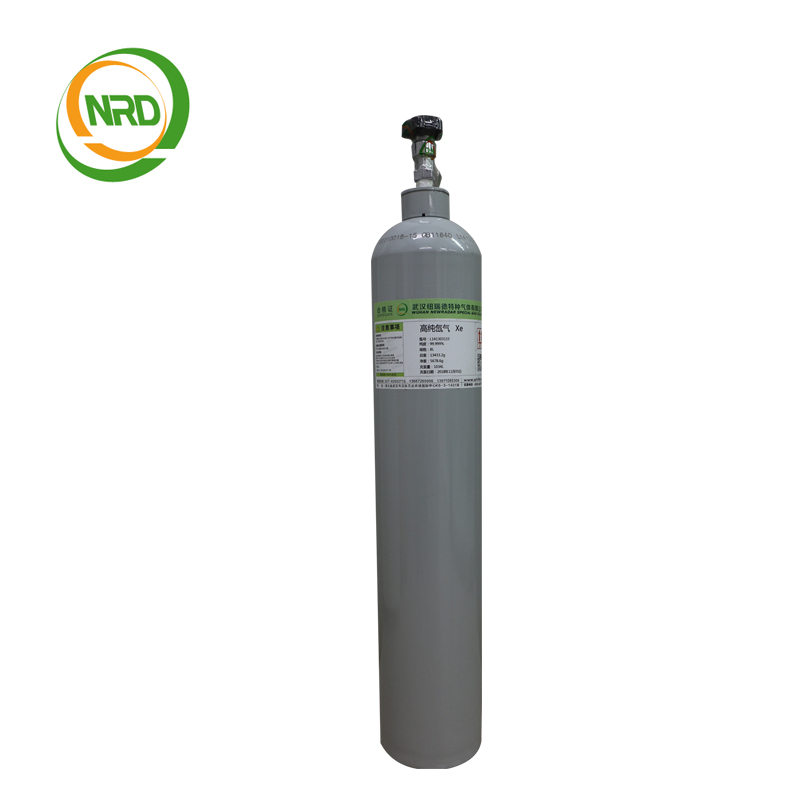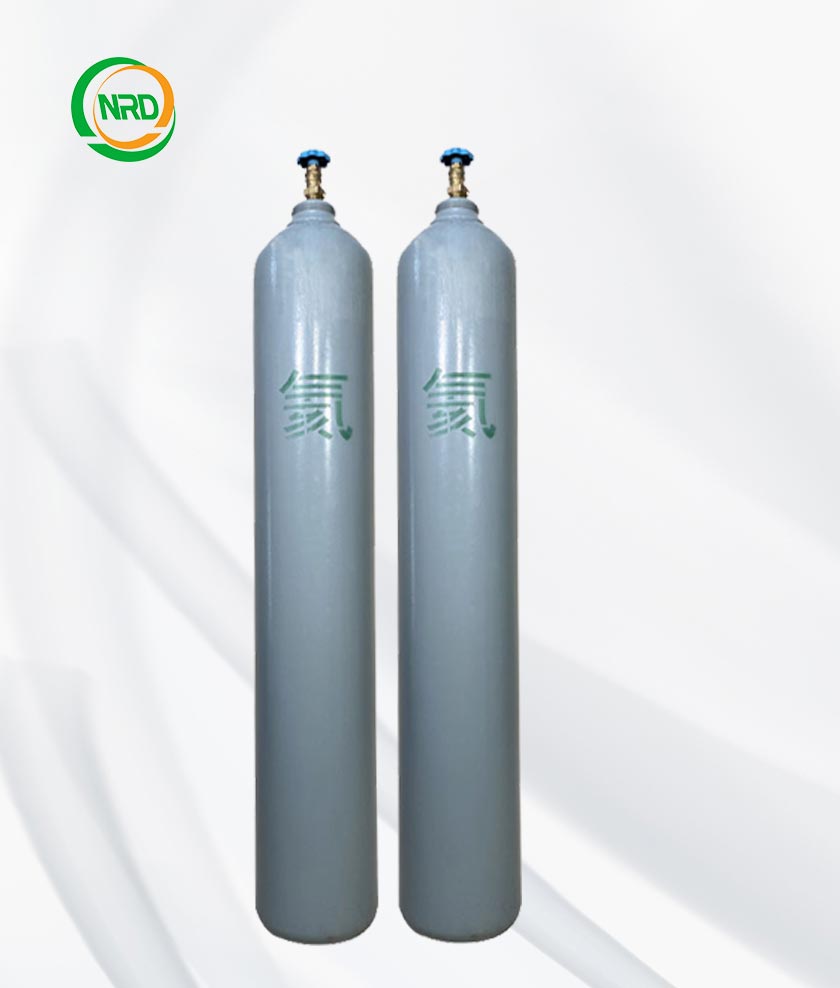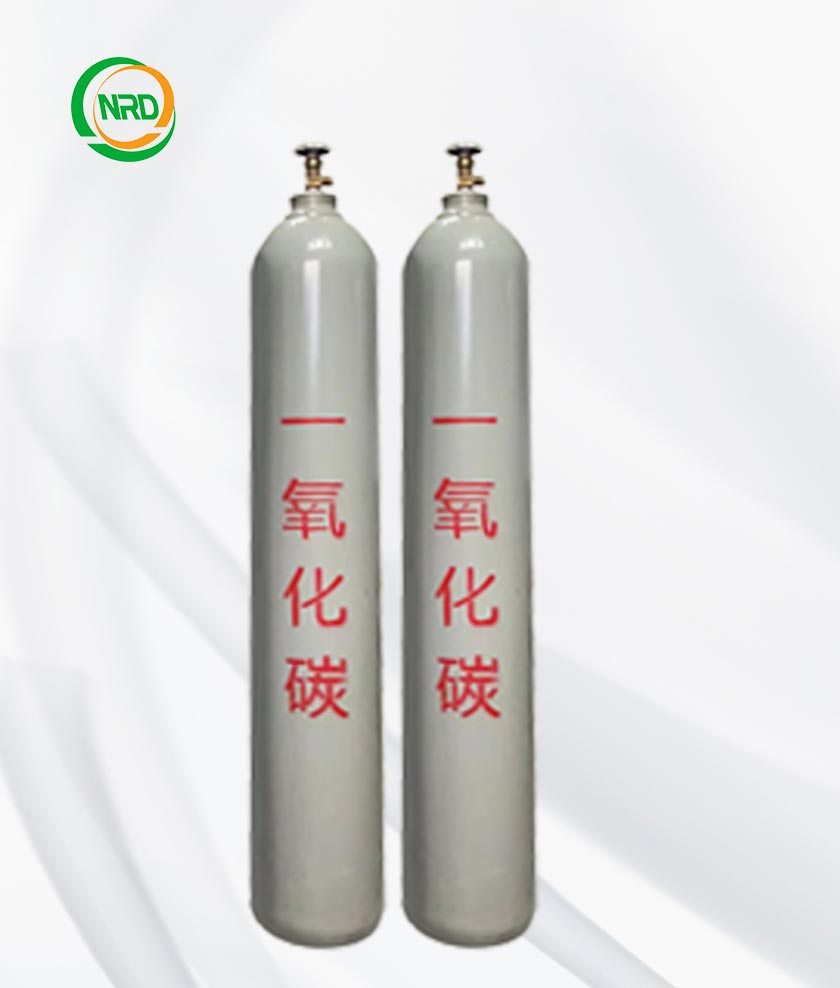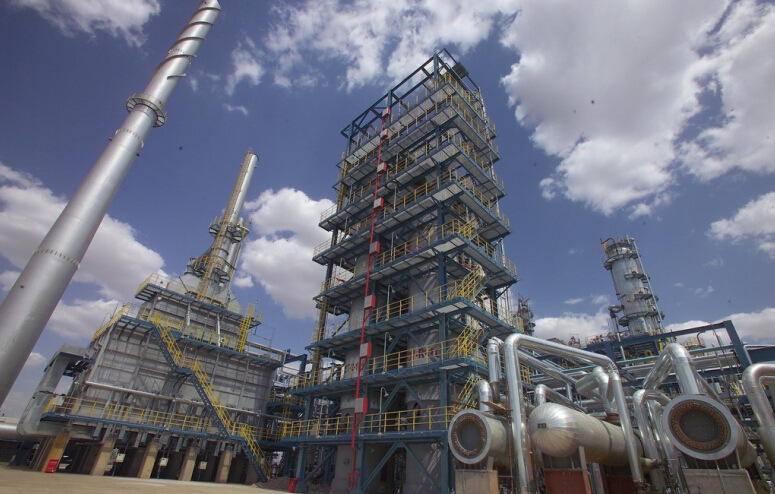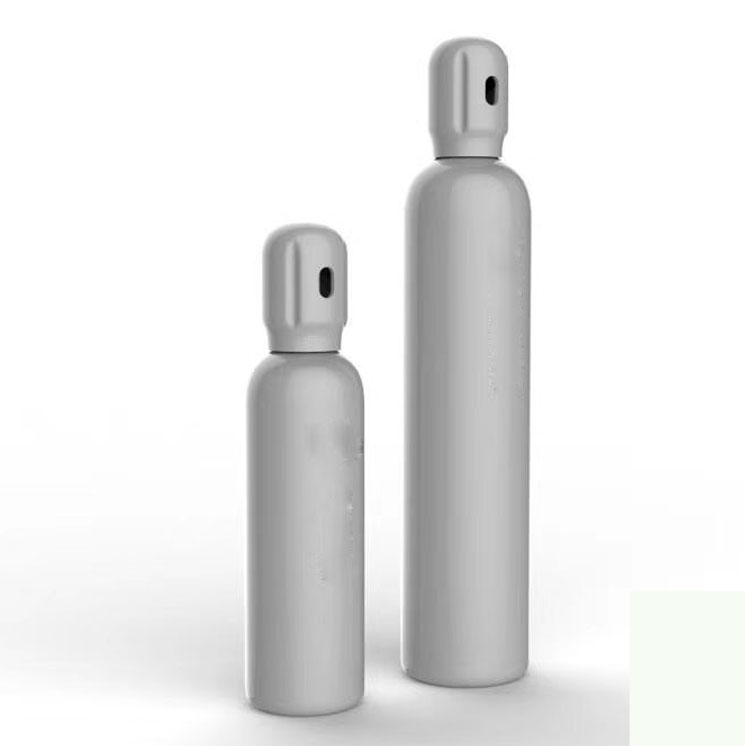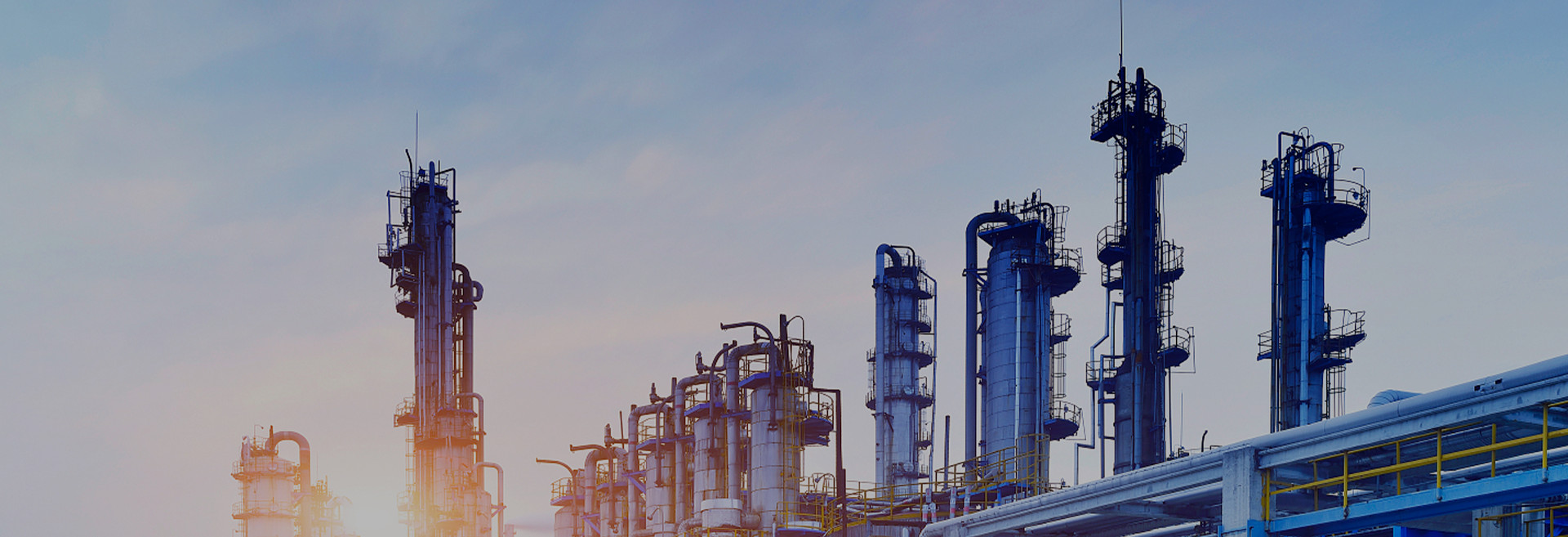
News
Learn more industry news
NEWS CENTer
Why would anyone use deuterium gas? What are the applicat...
Deuterium gas, a mysterious substance, not only plays an important role in scientific research, but also has a wide range of applications. So what is deuterium gas? First of all, we need to understand what deuterium is. Deuterium is a stable isotope, which means that unlike the hydrogen atoms in ordinary water molecules, it...
View MoreWhat are the important properties and applications of hel...
Helium is a colourless, odourless and non-toxic inert gas that is now widely used in industrial applications where it plays a significant and valuable role and has key properties. Helium has a number of unique physical and chemical properties that make it a very valuable gas for use in related fields and plays an important role in deci...
View MoreNeon is used for deep-sea diving to help breathe.
As light helium gases (e.g. helium, neon) have little or no anaesthetic effect on the human body, they can be used instead of nitrogen to formulate breathing gas mixtures for deep sea diving operations. Neon-oxygen or helium-oxygen breathing gas mixtures can effectively reduce the physical exertion of divers due to their lower density and ...
View MoreLow temperature engineering applications of neon
It is well known that the liquid temperature range of the industrial gas helium is 2×10-3-5.20 K, the liquid temperature range of hydrogen is 14.2-33.0 K, and the liquid temperature range of the industrial gas neon is 24.5-44.40 K. Because neon is chemically inert and has a high latent heat of evaporation (2.7 times that of liquid hydroge...
View MoreNeon is used as an electrical light source and as a test ...
Industrial gases are used in almost all modern light sources in the helium group of gases. Neon is mainly used to fill various fluorescent lamps, luminous signaling devices and glow lamps. The industrial gas liquid neon is also widely used in cryogenic radiation detectors, as well as for other specialized instruments in space explo...
View MoreCommon sense safety precautions in the use of gases (2)
In the process of using industrial gases, should be used to understand the relevant knowledge of industrial gases and safety precautions, to avoid the occurrence of safety accidents, the following special gas editor to tell you about the use of the body should pay attention to the safety of common sense. 7. To prevent reflux and backfire...
View MoreCommon sense safety precautions in the use of gases (1)
In the process of using industrial gases, should be used to understand the relevant knowledge of industrial gases and safety precautions, to avoid the occurrence of safety accidents, the following special gas editor to tell you about the use of the body should pay attention to the safety of common sense. 1. gas in the transportation and ...
View MorePrinciple of operation of argon fluoride excimer lasers
The Argon Fluoride Excimer Laser is a laser device that utilises the excited state decay of the excimer ArF* to emit 193nm photons. The principle of operation is quite subtle, with the amplification and emission of photons being achieved by a discharge and reaction process. As the discharge passes through the Ar/F2 mixture, Ar+ ions ...
View MoreCarbon dioxide is converted to methane by sunlight
Carbon dioxide is the biggest culprit of greenhouse gases, how to reduce the content of carbon dioxide has been the direction of various experts have been trying hard to solve the problem, and the research has produced numerous technologies, and now, there is a new technology proposed. Japan’s Showa Shell Petroleum Company ha...
View MoreWhat is a conventional gas supply system
Conventional gas supply systems are mainly used in 4-6 inch large integrated circuit factories, solar cell production lines below 50MW, light-emitting diode (LED) chip production lines and other electronic industries with medium gas consumption. Their investment scale is medium, the production line may be second-hand equipment, the requi...
View MoreWhat is a Large Scale Gas Supply System
The large-scale gas supply system is mainly for the large-scale mass production of 8-12 inches (1 inch = 25.4 mm) ultra-large-scale integrated circuits factory (gas types include SiH4, N2O, 2, C2F6, NH3, etc.), more than 100 MW of solar cell production lines (gas types include NH3), epitaxial light-emitting diode process line (gas types in...
View MoreElectronic Gases Definition and Demand Analysis
Definition of Electronic Gases Electronic gases are indispensable raw materials for the production of ultra-large integrated circuits, flat panel displays, compound semiconductor devices, solar cells, optical fibers and other electronic industries, and are widely used in thin film deposition, etching, doping, evaporation, diffusion and o...
View MoreINQUIRY FOR PRICE LIST
For inquiries about our products or pricelist ,please leave your email tous and we will be in touch within 24 hours.
Contact us now
